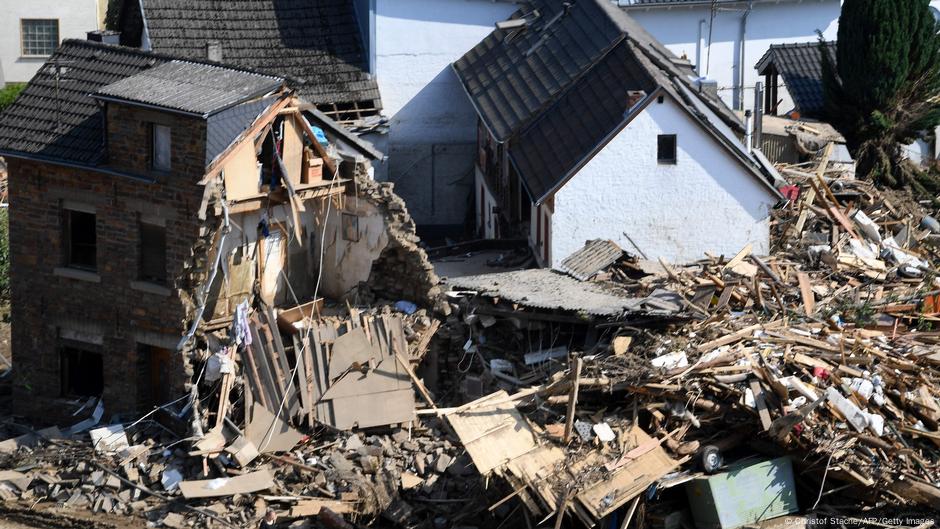
Extreme weather events have cost Europe about half a trillion euros and between 85,000 and 145,000 lives over the past 40 years, according to a report published Thursday.
The study said governments should act to minimize damage and increase resilience after a year that saw devastating floods in Germany and Belgium and forest fires across swaths of southern Europe.
The main findings
The European Environment Agency (EEA) report looked at how disasters were spread across the European Economic Area, and how common they were from 1980 to 2020.
Deaths caused by weather extremes in this period were between 85,000 and 145,000. Economic losses amounted to between €450 billion and €520 billion ($514 billion and $594 billion) over the 40 years.
A small number of extreme events, about 3% of the total, were responsible for about 60% of the financial damages.
The highest economic losses in absolute terms were registered in Germany — €110 billion — followed by France then Italy.
The heaviest losses per capita were recorded in Switzerland, Slovenia and France. By land area, the highest losses were in Switzerland, Germany and Italy.
Only about 23% of total losses were insured, although this also varied considerably among countries. In Romania and Lithuania, it was just 1%, rising to 56% in Denmark and 55% in the Netherlands.
The assessment also found that the overwhelming amount of the fatalities — more than 85% in the 40-year period — were caused by heatwaves.
The heat wave of 2003 caused most fatalities, representing between 50% and 75% of all fatalities from weather and climate-related events over the past four decades.
What can be done to minimize the damage?
The EEA said climate change was likely to increase the risk of losses of both life and property. It called for policymakers to think more about disaster risk reduction through schemes like flood protection.
Central to this, said the agency, was the EU Adaptation Strategy, which aims for the bloc to “adapt to the unavoidable impacts of climate change and become climate resilient by 2050.”
The strategy calls for better sharing of information to mitigate the threat for industry, agriculture and construction.
The EEA also said increasing insurance coverage could be one of the key financial risk management tools to increase societies’ ability to recover from disasters.
Though some impact from climate change is unavoidable, the agency said EU member states should still work internationally to limit carbon output where possible.
According to the study, climate measures in line with a scenario in which global temperatures increase 1.5 degree Celsius (2.7 F) from preindustrial levels — instead of 3 degrees — could prevent up to 60,000 annual fatalities from heatwaves.
The same measures could prevent drought losses of €20 billion per year by the end of this century.
According to the World Meteorological Organization, the number of weather-related disasters has increased globally over the past 50 years, causing more damage but fewer deaths.
Edited by: Sean Sinico
Europe weighs death and destruction from extreme weather
Source: Pinoy Pop News
0 Comments